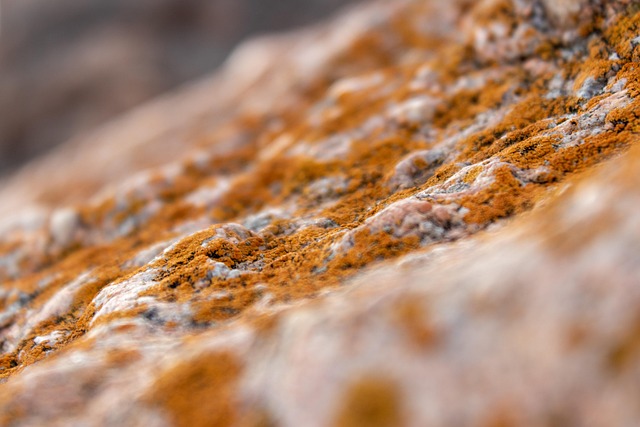San Antonio's humid climate fosters mold and mildew growth, with water leaks, humidity, poor ventilation, and older materials as primary causes. Prolonged exposure to mold can cause respiratory, allergy, and neurological issues. Remediation involves identifying sources, cleaning, improving ventilation, using air purifiers, and monitoring air quality to prevent future infestation. Act promptly on a mildew smell in your San Antonio house to maintain a healthy living environment.
In San Antonio homes, addressing mold remediation and indoor air restoration is crucial for maintaining a healthy living environment. Understanding the root causes of both mold and mildew—often characterized by that distinct musty scent—is key to preventing and mitigating their effects. This article guides you through the process, from identifying signs and sources of moisture to implementing effective steps for remediating and restoring indoor air quality in your San Antonio residence, offering practical solutions to the mildew smell and its causes.
- Understanding Mold: Causes and Health Risks in San Antonio Homes
- Identifying Mildew: Signs and Sources of Moisture
- Effective Remediation: Steps to Restore Indoor Air Quality
Understanding Mold: Causes and Health Risks in San Antonio Homes

Mold, often mistaken for mildew, is a common yet concerning issue in homes across San Antonio. This invisible invader thrives in damp environments, quickly spreading and causing various health problems. While mildew might give off an unpleasant musty odor, it’s just the tip of the iceberg. Mold can grow behind walls, under floors, or even inside ceiling tiles, remaining undetected until significant damage occurs.
The causes of mold are diverse; water leaks from pipes or roofs, high humidity levels, poor ventilation, and older construction materials all create ideal breeding grounds. In San Antonio’s humid climate, it’s essential to be vigilant about potential sources of moisture. Prolonged exposure to mold can lead to respiratory issues, allergies, and even neurological problems. Prompt action is crucial when addressing a mold infestation, including identifying the source, implementing effective cleaning solutions, and ensuring proper ventilation and humidity control to prevent future growth.
Identifying Mildew: Signs and Sources of Moisture

Mildew, often mistaken for mold, is a type of fungus that thrives in damp environments. It’s characterized by a musty smell and can grow hidden behind walls or under flooring, making it difficult to detect without proper knowledge. In your San Antonio house, a mildew smell could be an early indicator of moisture issues. Look for signs like visible stains on walls, ceilings, or floors, as well as areas that feel damp to the touch or emit a persistent musty odor.
Common sources of moisture include leaks from pipes, roofs, or appliances, high humidity levels due to poor ventilation, and condensation from windows or AC units. Identifying these sources is crucial for effective mold remediation. Once found, address the underlying problem—repairing leaks, improving ventilation, or using dehumidifiers—to prevent mildew from returning and ensure a healthier indoor environment.
Effective Remediation: Steps to Restore Indoor Air Quality

After identifying mold growth, effective remediation involves a multi-step process to restore indoor air quality. Start by containing the area to prevent further contamination, then remove all affected materials, including drywall and insulation. Next, thoroughly clean and disinfect surfaces using appropriate solutions like bleach or specialized mold cleaning products. Ensure proper ventilation during the cleaning process to disperse any airborne spores.
Once cleaning is complete, consider implementing an air purification system to eliminate lingering mold spores and improve air quality. Regular monitoring with air quality testers can help verify successful remediation. Remember, addressing a mildew smell in your San Antonio house promptly and correctly is crucial for maintaining a healthy living environment.
Mold and mildew can significantly impact the air quality and overall health of San Antonio residents. By understanding the root causes, such as moisture issues, and taking proactive steps for remediation, it is possible to create a healthier living environment. The process involves identifying the problem, addressing moisture sources, and implementing effective cleaning methods to restore indoor air quality. Remember, timely action is crucial in mitigating potential health risks associated with mold and mildew presence in your home.
